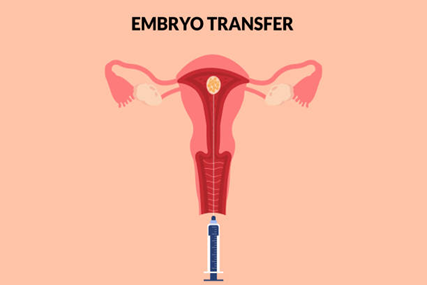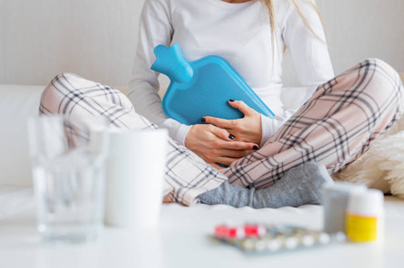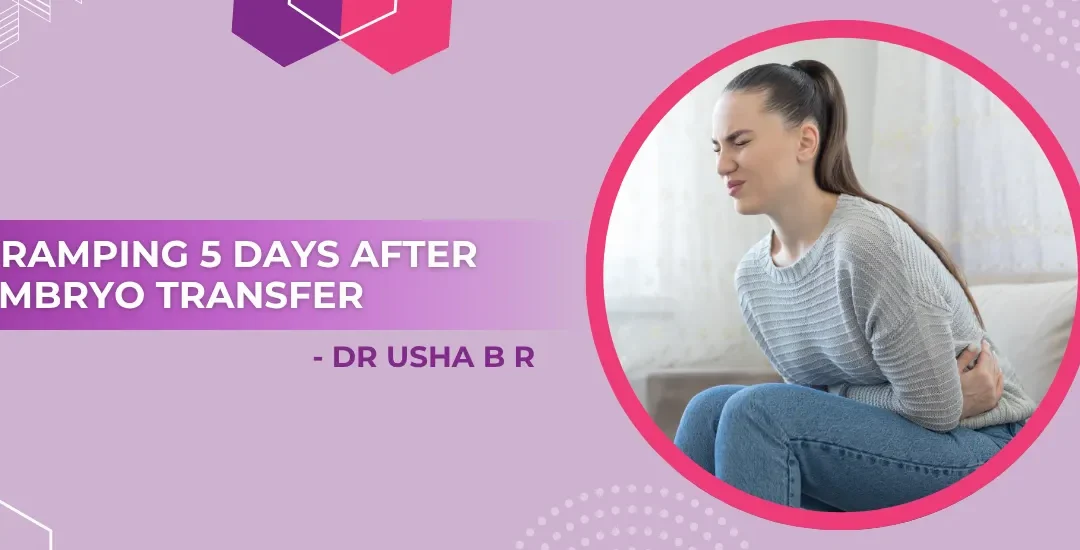Assisted Reproductive Technology (ART), particularly In Vitro Fertilization (IVF), has revolutionized fertility care by enabling couples to overcome various reproductive challenges. These procedures involve stimulating egg production, retrieving eggs, fertilizing them in a lab, and transferring embryos back into the uterus.
While the stage of embryo transfer is a critical milestone, it also involves a variety of physical feelings that tend to give rise to concern—one of the most frequent being cramping 5 days after embryo transfer.
Dr. Usha B R, a highly regarded fertility specialist and gynecologist in Bangalore, notes, “Mild cramping several days post-embryo transfer is typically normal and most often means that your uterus is responding. It doesn’t necessarily indicate that your cycle is off track—take gentle care and be comfortable.” She continues, “Your body is getting ready for implantation—light feelings can simply be your uterus adjusting.”
With over 15 years of expertise in reproductive medicine, Dr. Usha B R directs Usha Specialty Clinic, a top-notch IVF centre in Bangalore, where she delivers evidence-based and empathetic care with a personal touch according to the individual’s fertility journey. Her passion for patient health and clinical success has given her the reputation of a top voice in cutting-edge fertility treatment.
Is it Normal to Have Cramping 5 Days After Embryo Transfer?

Yes—often so. By day five following transfer (also referred to as 5 days post embryo transfer cramping), mild uterine cramping can take place as the embryo implants into the uterine lining. This is usually caused by hormonal changes—progesterone can increase uterine contractility and lead to light tightening.
Research indicates that slight cramping is not a determinant of IVF success or failure. The majority of women who experience this type of cramping during initial implantation subsequently achieve normal pregnancies. On the other hand, acute severe pain, heavy bleeding, or sharp cramps should not be ignored—see your doctor immediately.
What Causes Cramping 5 Days After Embryo Transfer?
Following are the most important reasons why you could be developing cramps:
- Uterine adjustment – Once the embryo is placed, uterine lining starts to reform around the embryo.
- Implantation – As the embryo implants in the endometrium, slight cramping and spotting can occur.
- Hormonal changes – Progesterone and estrogen can lead to bloating, uterine sensitivity, and cramping.
- Progesterone medication – Prevalent in IVF, vaginal or progesterone-in-oil may cause pelvic irritation.
- Mild uterine contractions – Early contractions are often benign period-like sensations.
- Embryo move & stretch – Tiny shifts in the embryo can tug slightly on the uterine lining.
- Increased pelvic blood flow – Blood vessels open and expand—sometimes experienced as cramping.
While these are common causes, always track your symptoms and report any worsening pain, heavy bleeding, or fever to your healthcare provider.
What Can You Do to Relieve Cramping 5 Days After Embryo Transfer?

Take gentle, doctor-approved steps to ease discomfort:
- Warm compresses – A heating pad or warm water bottle (on low setting) on your abdomen can soothe muscles
- Gentle mobilization – Light walking or stretching may ease mild cramping (avoid strenuous exercise)
- Rest & sleep – Prioritize downtime and avoid stressful or high-impact activities
- Stay well-hydrated – Water helps reduce uterine irritation
- Balanced nutrition – Whole grains, fruits, vegetables, and lean protein support hormonal balance
- Take prescribed medications – Don’t miss progesterone or estrogen supplements—discuss any side effects with your expert
- Prenatal vitamins – Folic acid, vitamin D, and iron support embryo implantation
- Mind-body practices – Meditation, deep breathing, or short yoga sessions reduce stress
If cramping persists or increases, reach out right away—they’re experts at guiding you through early signs.
Can Cramping 5 Days After Embryo Transfer Indicate a Successful Pregnancy?

Mild cramping on day five following embryo transfer actually may coincide with the initial stages of embryo implantation, a very encouraging sign. Nevertheless, just like in other procedures, not everyone cramps, and absence or presence is not an accurate predictor of success in itself.
These initial cramps can be induced by the hormonal fluctuations as well as by embryo interacting with uterine lining. Most people experience PMS-like symptoms such as fatigue, bloating, or mood changes at this stage—these are drug-influenced and not necessarily implantation. A pregnancy is only definitive through a beta-hCG blood test usually performed 10–12 days post-transfer.
Conclusion
Cramping 5 days after embryo transfer is common as your uterus reacts to hormonal changes and implantation. While mild cramps are typically harmless, it is essential to monitor for signs of concern, such as intense pain or heavy bleeding. Stay supported—use relief strategies like rest, hydration, and warmth. Focus on gentle care, track your symptoms, and trust your IVF team. With patience, hope, and professional advice from seasoned experts like Dr. Usha B R, each step brings you closer to your baby.
Frequently Asked Questions:
Is light bleeding with cramping normal?
When may I test for pregnancy after 5 days of cramping?
Should I stop walking if I have cramps?
Can cramps signal a miscarriage?
When should I call my doctor?
How long will cramps last post embryo transfer?
Is heat safe on my abdomen post-transfer?
Reference links:
https://www.parents.com/positive-signs-after-embryo-transfer-8645122
Disclaimer: The information shared in this content is for educational purposes and not for promotional use.

